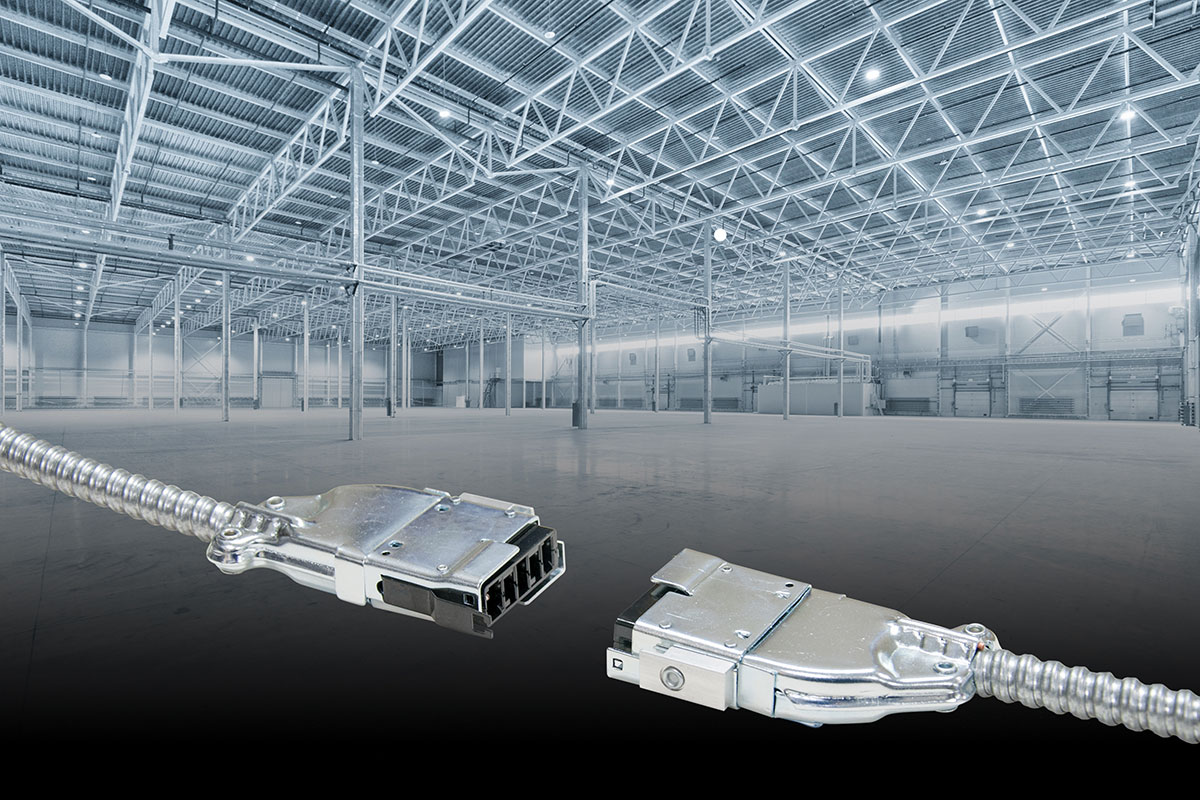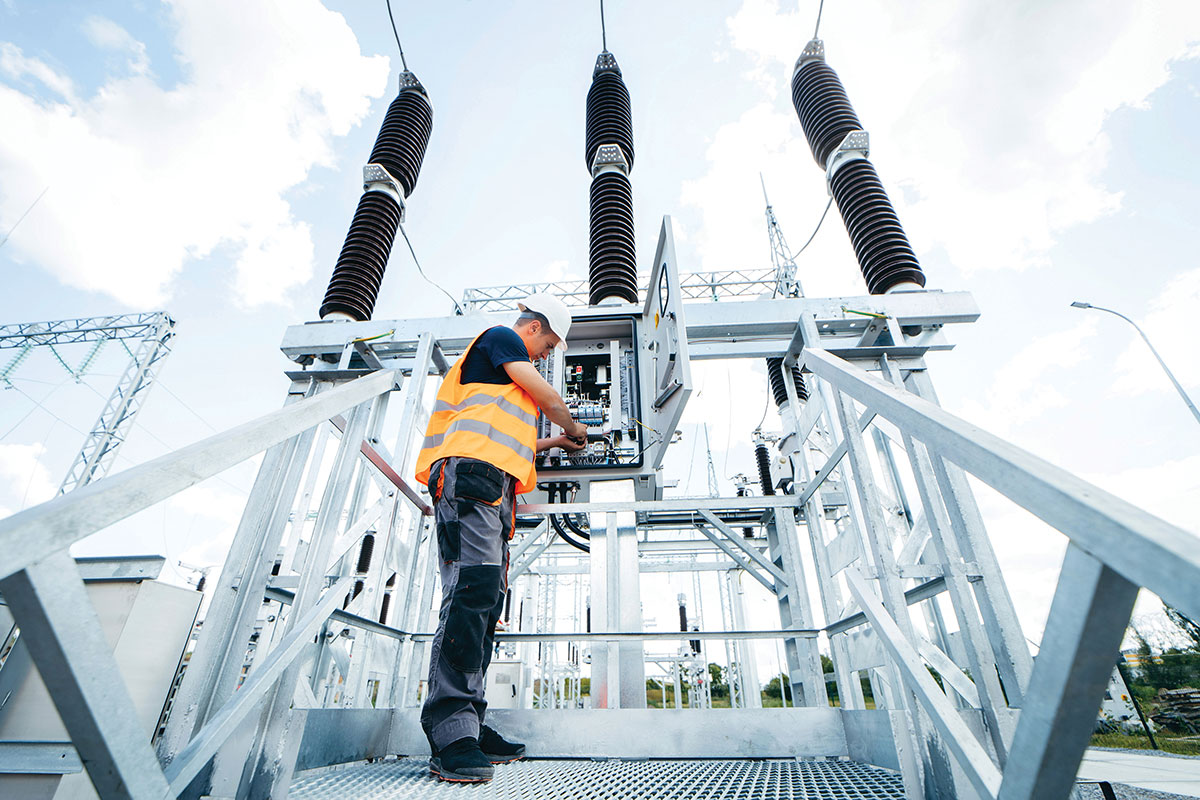In the nearly 30 years that I have been dealing with the National Electrical Code, it never ceases to amaze me how many new applications we as code officials encounter that require us to apply the Code to installations not directly mentioned in the Code. Many times we look at installations during inspections or plan review and think, I know it’s wrong, but how do I back my position with the Code? At other times we examine an installation that just doesn’t seem right or in accordance with the intent of the Code and ask, “What sections cover this type of work or does the Code prohibit this type of installation?”
Article 682 was created to address a common type of installation that needed to be clarified and a uniform standard created. Prior to Article 682, electrical installations in areas such as aeration ponds, fish farm ponds, storm retention basins, treatment ponds, irrigation (channels) facilities, lakes, streams, or rivers, presented a problem as to which sections of the NEC covered them. Prior to NEC-2005, we have had to turn to Section 110.3(B) Installation and Use, Article 555 Marinas and Boatyards, or Article 680 for Swimming Pools, Fountains, and Similar Installations. In exasperation we have finally had to turn to Section 90.4, for the final word. These existing sections have not been a good fit to the installations that are now covered by the new Article 682. During the 2002 code-making process, a task force was assigned to address this and prepare a proposal for NEC-2005 process.
You may be asking yourself, Why is someone from the middle of the desert writing about bodies of water? There is no water in Arizona! Well, for the uninformed, the desert is full of man-made bodies of water, and we even get rain every once in a while and when it rains it pours. We have many retention basins that collect the storm water run off and that double as soccer and baseball fields. If that didn’t surprise many of you, then you will be surprised to find out that the deserts of Arizona are also home to fish and shrimp farms. In the city of Tempe, we have taken a normally dry river bottom and installed two rubber inflatable dams that hold back the Tempe Town Lake. When floodwaters come down from the mountains, during the monsoon season, the dams are deflated and the water is allowed to flow downstream. Doing plan reviews and inspections on electrical installations have been challenging since we do not have Article 682 in the code we presently adopt.
Article 682 uses a term new to the NEC: electrical datum plane. This term addresses four different locations, depending upon the situation. First, it is a horizontal plane 600 mm (2 ft) above the highest tide level under normal circumstances, in areas subject to tidal fluctuation to the water level. Second, it is a horizontal plane 600 mm (2 ft) above the highest water level for a body of water, not subject to tidal fluctuations, under normal circumstances. Third, it is a horizontal plane 600 mm (2 ft) above the prevailing high water mark, in areas subject to flooding or storm runoff. Fourth, for floating structures and landing stages (floating docks), it is the horizontal plane 750 mm (30 in.) above the water level of the floating structure or landing stage and a minimum 300 mm (12 in.) above the level of the deck. These structures or docks are restrained from horizontal movement, but are allowed to rise to the levels mentioned in the first and second conditions above and may fall with the water level.
The electrical datum plane needs to be determined for the specific situation before the requirements of this article can be applied. In the case of tidal fluctuations or storm water runoff, other professionals need to be enlisted to help determine these levels. In storm water retention basins or other bodies of water subject to seasonal fluctuation or in lakes, overflow spillways may be considered when considering these levels. It must be remembered that these levels are determined using the historical or designed high water level, not the worst case situation that may occur during an unexpected flood or other type of natural disaster.
Once the electrical datum plane has been determined, the requirements of the rest of this article can be applied. Electrical equipment and transformers not approved for operation when submerged are not to be installed below the electrical datum plane. Electrical service equipment is to be located 1.5 m (5 ft) horizontally beyond the shoreline and at least 300 mm (12 in.) above the electrical datum plane. This service equipment is required to automatically disconnect once the water level reaches the established electrical datum plane. For floating structures or submersible equipment, a disconnecting means is required to be provided and located on land within 750 mm (30 in.) from the structure or equipment connection and is to be located within sight of, but not closer than 1.5 m (5 ft) horizontally beyond the shoreline; and live parts are to be elevated at least 300 mm (12 in.) above the electrical datum plane. GFCI protection is required for 15- and 20-ampere single-phase, 125-volt through 250-volt receptacles installed outdoors and also in or on floating buildings or structures within the electrical datum plane area that are used for storage, maintenance, or repair where portable electrical hand tools or electrical diagnostic equipment are used.
Grounding and bonding is similar to what has been required in Articles 553 and 555 of earlier editions of the NEC. One major difference is the requirement of installing an equipotential plane adjacent to all outdoor service equipment or disconnecting means that control equipment in or on the water and that have metallic enclosures and controls accessible to personnel, and that are likely to become energized.
Long overdue, Article 682 should help us in applying the Code to this type of installation, without requiring the inspector to refer to sections that do not specifically address these specific areas. It is still not a perfect article, so the members of code-making panel 17 will be looking forward to your proposals to NEC-2008 to improve these requirements. Remember that without your input, the NEC will not improve to address these types of situations. The time is drawing near for all proposals to be in to NFPA for NEC-2008. Get involved in the code-making process and remember that improvements in the Code are usually from an individual who saw a need or loophole in the Code and then took the time to submit his or her ideas.










Find Us on Socials